Rocket Fuel Saga - The Other Side
/ thoughts of the pilot Peter Khrumov-Nika Riemer in the novel “Star Shadow” by S. Lukyanenko
When discussing the article The Saga of Rocket Fuels A rather painful question was raised about the safety of liquid rocket fuels, as well as products of their combustion, and a little about refueling PH. Definitely I am not an expert in this field, but “for the ecology” is insulting.
Instead of the preface I propose to read the publication «Access fee into outer space ".
Symbols (not all are used in this article, but they will be useful in life. Greek letters are difficult to write in HTML - therefore the screenshot) /
Glossary (not all are used in this article).
Environmental Safety rocket launches, testing and testing of propulsion systems (DU) of aircraft (LA) are mainly determined by the used components of rocket fuel (КРТ). Many КРТ are distinguished by high chemical activity, toxicity, explosion and fire hazard.
Taking into account the toxicity, КРТ are divided into four hazard classes (as the hazard decreases):
- the second class: some hydrocarbon combustible (modifications of kerosene and synthetic combustible) and the oxidizer hydrogen peroxide;
- the third class: oxidizers nitric tetroxide (AT) and AK-27I (mixture HNO3 - 69,8%, N2O4 - 28%, J - 0,12 ... 0,16%);
- fourth class: hydrocarbon fuel RG-1 (kerosene), ethyl alcohol and gasoline aviation.
Liquid hydrogen, LNG (methane CH4) and liquid oxygen are not toxic, but when operating systems with these MCTs, it is necessary to take into account their fire and explosion hazards (especially hydrogen in mixtures with oxygen and air).
The sanitary and hygienic norms of КРТ are given in the table:
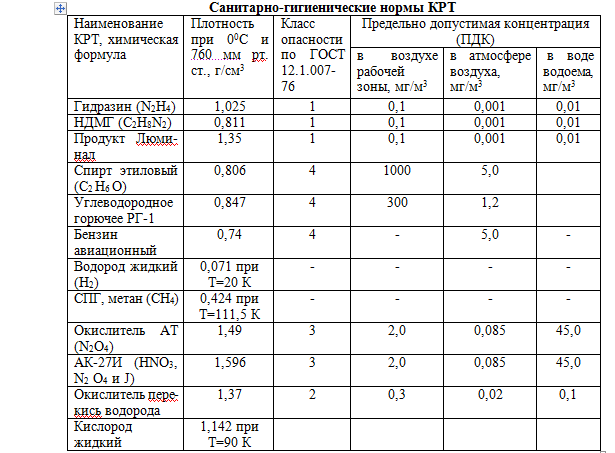
Most flammable explosive and GOST 12.1.011 they are classified as Explosive IIA.
Products of complete and partial oxidation of КРТ in engine elements and products of their combustion, as a rule, contain harmful compounds: carbon monoxide, carbon dioxide, nitrogen oxides (NOx), etc.
In the engines and power plants of the missiles, most of the heat supplied to the working fluid (60 ... 70%) is released into the environment with the RD jet stream or cooler (in cases of RD operation on test benches water is used). Emission of heated exhaust gases into the atmosphere can affect the local microclimate.
RD-170 film, its production and testing.
A recent report from NPO Energomash: you can see two huge chimneys of test benches, associated buildings and the neighborhood of Khimki:
On the other side of the roof: You can see spherical tanks for oxygen, cylindrical - for nitrogen, kerosene tanks just to the right, did not get into the frame. In Soviet times, at these stands tested engines for "Proton".
Very close to Moscow.
Currently, many "civilian" LREs use hydrocarbon combustible. Their products of complete combustion (water vapor HNUMXO and carbon dioxide CO2) are conventionally not considered to be chemical pollutants of the environment.
All other components are either smoke-generating or toxic substances that have a harmful effect on humans and the environment.
It:
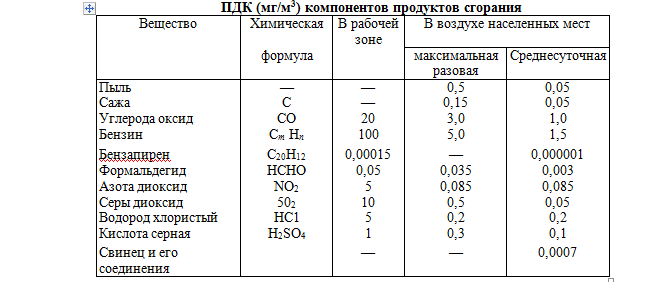
Compared to other types of heat engines, the toxicity of rocket engines has its own characteristics due to the specific conditions of their operation, the fuels used and the level of their mass flow rates, higher temperatures in the reaction zone, effects of combustion of exhaust gases in the atmosphere, and specific engine designs.
The spent stages of launch vehicles (RN), falling to the ground, are destroyed and the guaranteed reserves of stable components of fuel remaining in the tanks pollute and poison the plot of land or reservoir adjacent to the place of fall.
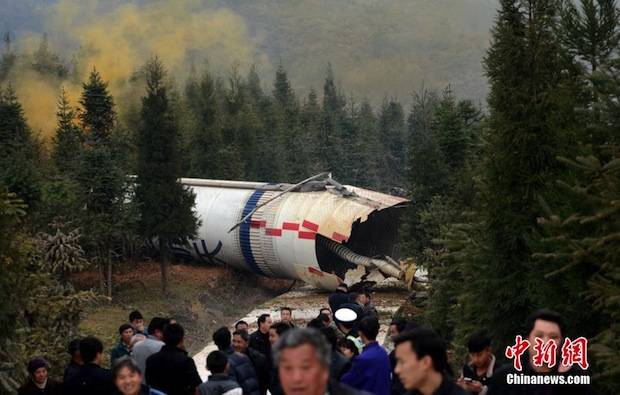
In order to increase the energy characteristics of the liquid-propellant rocket engine, the fuel components are fed into the combustion chamber at a ratio corresponding to the oxidizer excess coefficient αdv <1.
In addition, methods of thermal protection of the combustion chambers include ways to create near the fire wall of the layer of combustion products with a reduced temperature level by supplying excess fuel. Many modern designs of combustion chambers have curtain belts through which additional fuel is fed into the wall layer. This initially creates a liquid film evenly around the perimeter of the chamber, and then the gas layer of the evaporated fuel. Significantly enriched with fuel, the near-wall layer of combustion products is maintained until the nozzle exit section.
Combustion of exhaust combustion products occurs during turbulent mixing with air. The temperature level developed in this case may in some cases be sufficiently high for the intensive formation of nitrogen oxides NOx from nitrogen and oxygen. Calculations show that nitrogen-free O2x + H2zh and O2zh + kerosene fuels form, upon burning, respectively, 1,7 and 1,4 times as much nitrous oxide NO as the nitrogen tetroxide + NDMG.
The formation of nitric oxide during burnout is particularly intense at low altitudes.
When analyzing the formation of nitric oxide in the exhaust plume, it is still necessary to take into account the presence in technical liquid oxygen up to 0,5 ... 0,8% by weight of liquid nitrogen.
"The law of transition of quantitative changes into qualitative" (Hegel) and here plays a cruel joke with us, namely the second mass flow of TC: here and now.
Example: the cost of propellant components at the time of launch of the Proton LV is 3800 kg / s, the Space Shuttle is more than 10000 kg / s, and the Saturn-5 PH is 13000 kg / s. Such costs cause accumulation in the launch area of a large number of products of combustion, pollution of clouds, acid rain and changes in weather conditions on the territory of 100 — 200 km2.
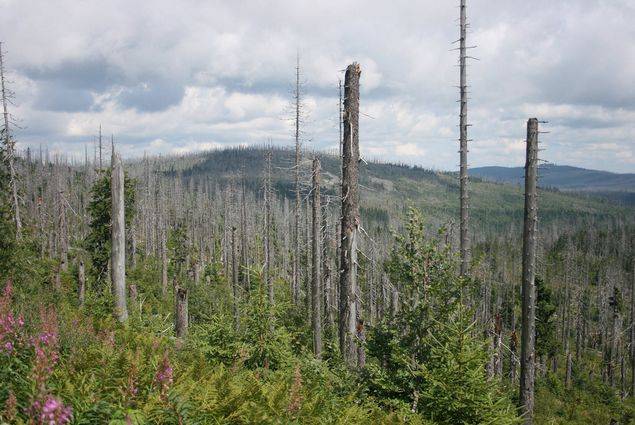
For a long time, NASA studied the effects of the Space Shuttle launches on the environment, especially since the Kennedy Space Center is located in a nature reserve and almost on the beach.
In the process of launch, three sustainer engines of the orbital ship burn liquid hydrogen, and solid propellant accelerators — ammonium perchlorate with aluminum. According to NASA estimates, the ground cloud at the launch site contains about 65 tonnes of water, 72 tonnes of carbon dioxide, 38 tonnes of aluminum oxide, 35 tonnes of hydrogen chloride, 4 tonnes of other chlorine derivatives, 240 kg of carbon monoxide and 2,3 tonnes of nitrogen. Tons of brothers! Tens of tons.
Here, of course, the fact that the “space shuttle” has not only environmental fuel rocket engines, but also the most powerful in the world “partially poisonous” solid propellant solid fuel cells plays a significant role. In general, still, the cracking cocktail is obtained at the exit.
Okay, this “Space Shuttle” - at least H2O (H2 + O2) is connected with the oxidation products NH4ClO4 and Al ... And figs with them, with these Americans who are overweight and eat GMOs ....
And here is an example for the 5B21A SAM system C-200B:
1. Marching LRE 5D12: AT + NDMH
2. RTDT boosters 5C25 (5C28) four pieces of a charge of mixed TT 5В28 type RAM-10к
→ Video Clip on Starts With 200;
→ Combat work of the technical division ZRK С200.
Invigorating breathing mixture in the area of combat and training launches. That after the fighting "pleasant flexibility in the body was formed and in the nose the tonsils itched."
Let us return to the LRE, and on the specifics of solid propellant solid propellant engines, their ecology and components for them, in another article (voyaka uh - I remember the order).
The performance of the propulsion system can be assessed. only based on test results. So, to confirm the lower limit of the probability of no-failure operation (FBR) Рн> 0,99 with a confidence probability of 0,95, it is necessary to carry out n = 300 fail-safe tests, and for Рн> 0,999 - n = 1000 fail-safe tests.
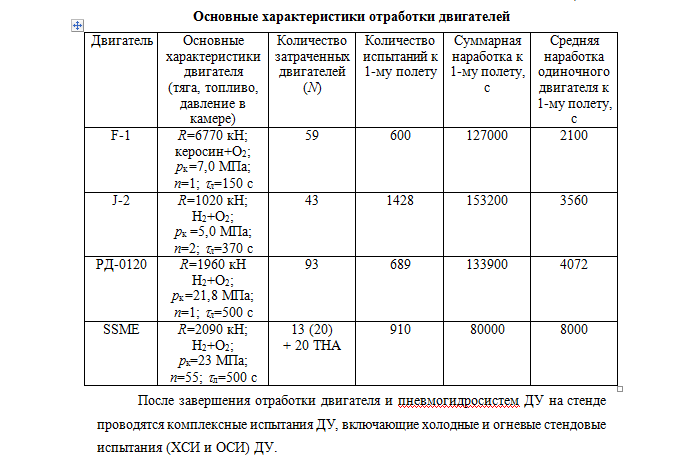
If we consider the LRE, the process of mining is carried out in the following sequence:
- testing systems (THA, THA with GG, GG with KS, etc.);
- tests of the engine simulator;
- engine tests;
- engine tests as part of the control;
- flight tests of the aircraft.
In the practice of creating engines, the 2 bench method is well known: sequential (conservative) and parallel (accelerated).
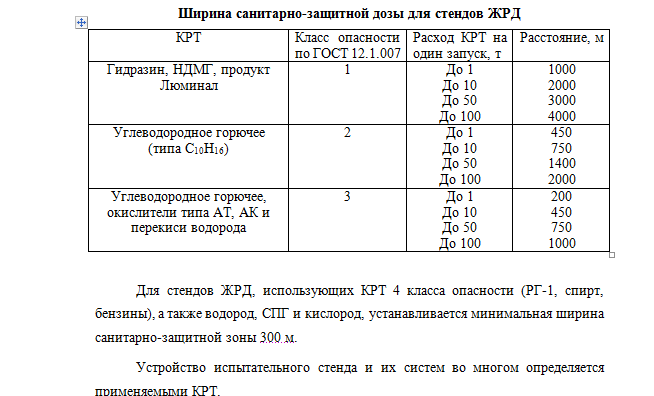
The test bench is a technical device for installing the test object in a predetermined position, creating impacts, retrieving information and managing the test process and test object.
Test benches for various purposes usually consist of two parts connected by communications:
- Executive, consisting of the test object and systems that ensure the impact of various operational factors;
- command in the form of a control panel and information systems (transformation, analysis and display of information about the parameters of the test object).
Schemes and photos will give more understanding than my verbal constructions:
Information:
At present, the Proton carrier rocket using highly toxic components of the UDMH and AT fuels is used for the withdrawal of heavy loads (orbital stations with a mass up to 20 tons) in the Russian Federation. To reduce the harmful effects of the LV on the environment, the stages and the rocket engines (“Proton-M”) were modernized to significantly reduce component residues in the tanks and supply lines of the remote control:
- system of simultaneous emptying of missile tanks (CSR)
More for the withdrawal of payloads in Russia are used (or used) relatively cheap conversion missile systems “Dnepr”, “Strela”, “Rokot”, “Cyclone” and “Cosmos-3М” working on toxic fuels.
There was an idea (I will tell you separately about OCD) to transfer these engines from AT + UDMG fuel components to environmentally friendly ones. For example, on oxygen and kerosene. Many have dealt with this issue in KBKHA. The task was far from simple. Together with the KMZ / Krasnoyarsk / over 10 years, work continues on the transfer of the 3D-37 engine. In fact, it turns out almost a new engine, although there remained an “acidic” scheme and there were no questions about the cooling capacity of the CS. This engine received an RD-0155 index and RKK Makeyev is considering its possible use in the “Air start”.
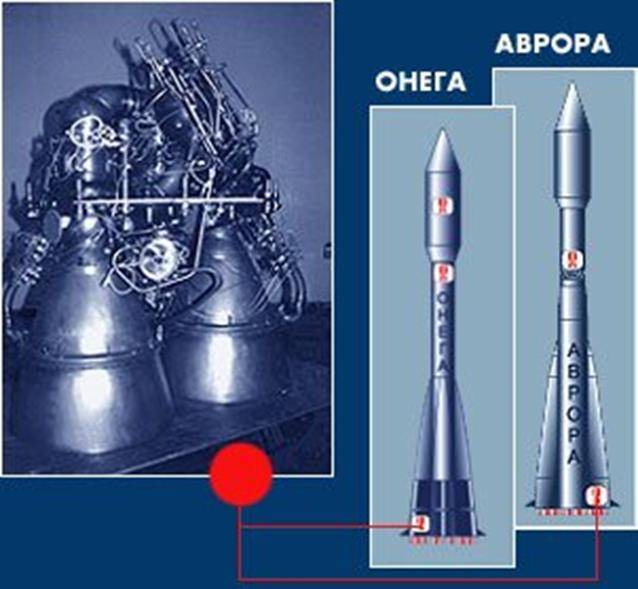
To launch manned spacecraft with astronauts, they are used only (and in our country and in the world, except China), the Soyuz carrier rockets on oxygen-kerosene fuel. The most ecological TCs are Н2 + О2, then kerosene + О2, or УГГ + О2 follow. “Stinkers” are the most toxic and complete the ecological list (fluorine and other exotic things I don’t consider).
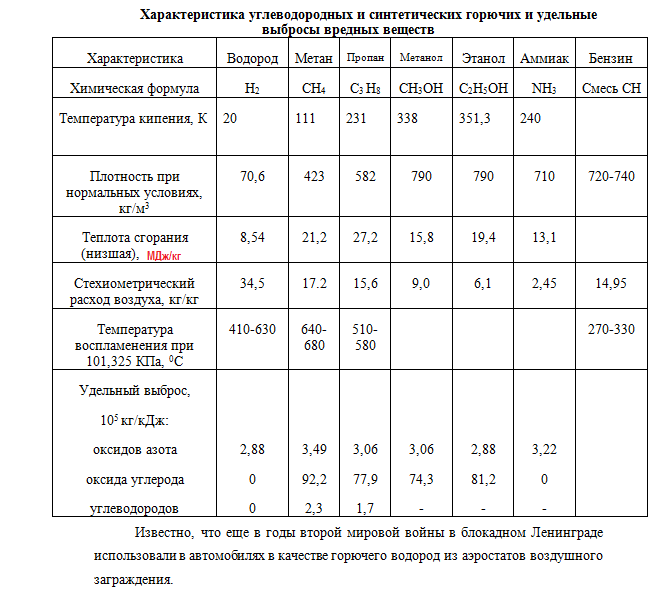
Hydrogen and LRE test benches for such fuels have their own “gadgets”. At the initial stage of work with hydrogen, due to its significant explosion and fire hazard in the United States, there was no consensus about the advisability of post-burning all types of hydrogen emissions. Thus, Pratt-Whitney (USA) was of the opinion that burning the entire amount of hydrogen emitted guarantees complete safety tests, therefore, a flame of gaseous propane is supported over all ventilation pipes for hydrogen discharge of test benches.
Douglas-Erkraft (USA) considered it sufficient to release gaseous hydrogen in small quantities through a vertical pipe located at a considerable distance from the test sites, without post-combustion.
In the Russian stands, in the process of preparing and conducting tests, hydrogen emissions are burned at a cost of more than 0,5 kg / s. At lower costs, hydrogen does not burn out, but is removed from the technological systems of the test bench and is discharged into the atmosphere through drainage outlets with nitrogen blowers.
The situation with toxic components of RT (“stinky”) is much worse. As with the test LRE:
So with the start-up (and emergency, and partly with successful):
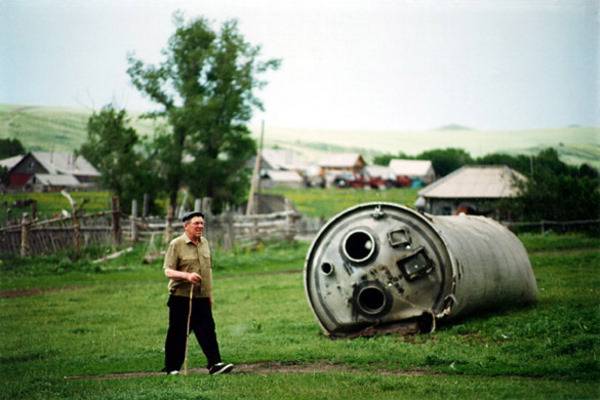
The question of damage to the environment in case of possible accidents at the withdrawal site and in the fall of separating parts of the missiles is very important, since these accidents are practically unpredictable.
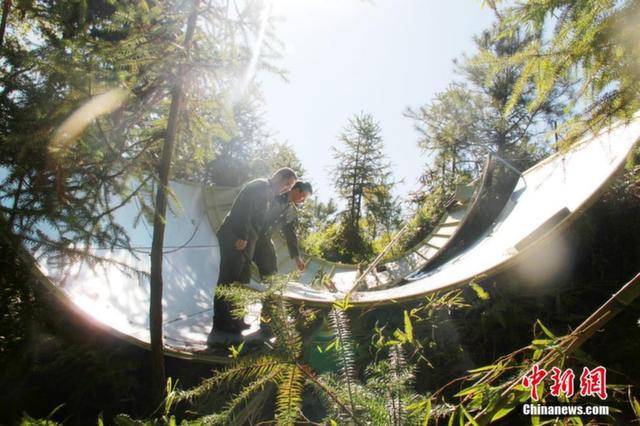

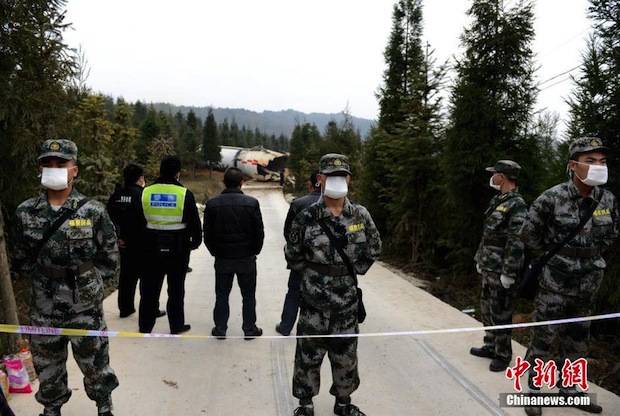
"Back to our sheep". Let the Chinese themselves understand, especially since there are too many of them.
In the western part of the Altai-Sayan region there are six areas (fields) of the fall of the second stages of the launch vehicle launching from the Baikonur cosmodrome. Four of them belonging to the Yu-30 zone (No. 306, 307, 309, 310) are located in the extreme western part of the region, on the border of the Altai Territory and the East Kazakhstan region. The falling areas No. 32, 326 falling into the Yu-327 zone are located in the eastern part of the republic, in close proximity to the lake. Teletskoye.
Fall areas No. 306, 307, 309 have been used since the middle of the 60-ies (according to official data) for landing the second stages of the Soyuz launch vehicle and its modifications (on hydrocarbon fuels); the remaining areas - from the beginning of the 70-ies for landing the fragments of the second stages of the Proton launch vehicle (hydrazine fuel).
In the case of the use of rockets with environmentally friendly components of fuel, measures to eliminate the consequences in the places of falling of the separating parts are reduced to mechanical methods of collecting residual metal structures.
Special measures should be taken to eliminate the consequences of falling steps, which contain tons of undeveloped UDMH, which penetrates the soil and, being well dissolved in water, can spread over long distances. Nitrogen tetroxide is rapidly dissipated in the atmosphere and is not a determining factor for contamination of the area. According to estimates, it takes at least 40 years for the complete recultivation of land used as a zone of falling steps from UDMH for 10 years. In this case, work should be carried out on the excavation and transportation of a significant amount of soil from the places of fall. Studies in the places where the first steps of the Proton LV have fallen showed that the zone of soil contamination with a fall of one step covers an area of ~ 50 thousand m2 with a surface concentration at the center 320-1150 mg / kg, which is thousands of times higher than the maximum permissible concentration.
Currently, there are no effective ways to neutralize the contaminated areas with combustible UDMH.
World Health Organization UDMH is listed as a highly hazardous chemical compound. Help: Heptyl is 6 times more toxic than hydrocyanic acid! And where did you see 100 prussic acid IMMEDIATELY?
Products of heptyl and amyl combustion (oxidation) when testing rocket engines or launching carrier rockets.
In the "wiki" everything is simple and harmless:

On the "exhaust": water, nitrogen and carbon dioxide.
But in real life all the more difficult: Km and alpha, respectively, the weight ratio of the oxidant / fuel 1,6: 1 or 2,6: 1 = totally wild excess oxidizer (example: N2O4: NDMG = 2.6: 1 (260 and 100 g.- city as an example ):
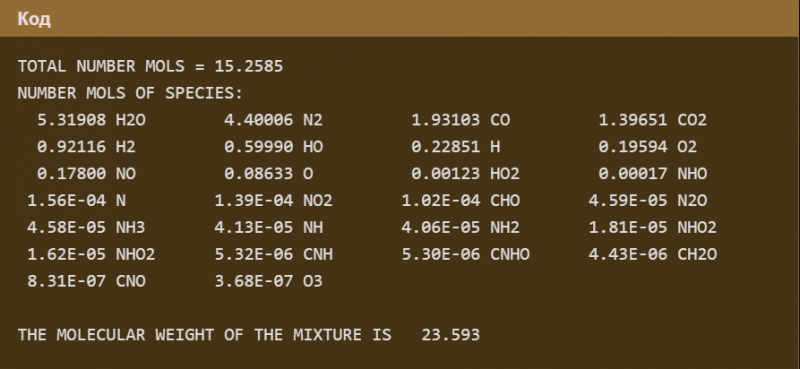
When this bunch is found with another dough — our air + organic matter (pollen) + dust + sulfur oxides + methane + propane +, etc., the results of oxidation / burning look like this:
Nitrosodimethylamine (chemical name: N-methyl-N-nitrosomethanamine). Formed during the oxidation of heptyl amyl. Well soluble in water. Enters into the reaction of oxidation and reduction, with the formation of heptyl, dimethylhydrazine, dimethylamine, ammonia, formaldehyde and other substances. It is a highly toxic substance of the 1 hazard class. Carcinogenic, has cumulative properties. MPC: in the air of the working area - 0,01 mg / m3, that is, 10 times more dangerous compared to heptyl, in the ambient air of the settlements - 0,0001 mg / m3 (daily average), in the water of ponds-0,01 mg / l.
Tetramethyltetrazene (4,4,4,4-tetramethyl-2-tetrazene) is a decomposition product of heptyl. Boundedly soluble in water. Stable in abiotic environment, very stable in water. Decomposes to form dimethylamine and a number of unidentified substances. The toxicity is 3-th class of danger. MPC: in the atmospheric air of settlements - 0,005 mg / m3, in the water of reservoirs –0,1 mg / l.
Nitrogen dioxide NO2 is a strong oxidant, organic compounds ignite in a mixture with it. Under normal conditions, nitrogen dioxide exists in equilibrium with amyl (tetra-nitrogen oxide). Irritating to the pharynx, it may be shortness of breath, swelling of the lungs, mucous membranes of the respiratory tract, degeneration and tissue necrosis in the liver, kidneys, and the human brain. MPC: in the air of the working area-2 mg / m3, in the atmospheric air of populated areas-0,085 mg / m3 (maximum one-time) and 0,04 mg / m3 (daily average), hazard class-2.
Carbon monoxide (carbon monoxide)-product of incomplete combustion of organic (carbon-containing) fuels. Carbon monoxide can last for a long time (up to 2 months) in the air without change. Carbon monoxide poison. Binds blood hemoglobin to carboxyhemoglobin, impairing the ability to transport oxygen to human organs and tissues. MPC: in the atmospheric air of populated areas - 5,0 mg / m3 (maximum one-time) and 3,0 mg / m3 (daily average). In the presence of carbon monoxide and nitrogen compounds in the air at the same time, the toxic effect of carbon monoxide on people is enhanced.
Hydrocyanic acid (hydrogen cyanide)is a strong poison. Prussic acid is extremely toxic. It is absorbed by intact skin, has a general toxic effect: headache, nausea, vomiting, breathing disorder, asphyxia, convulsions, death may occur. In acute poisoning, hydrocyanic acid causes rapid asphyxiation, increased pressure, oxygen starvation of tissues. At low concentrations, there is a feeling of scratching in the throat, burning bitter taste in the mouth, salivation, damage to the conjunctiva of the eyes, muscle weakness, staggering, difficulty speaking, dizziness, acute headache, nausea, vomiting, urge to have a bowel movement, rush of blood to the head, increased heartbeat and other symptoms.
Formaldehyde (formic aldehyde)-toxin. Formaldehyde has a strong odor, it is very irritating to the mucous membranes of the eyes and nasopharynx even at low concentrations. It has a general toxic effect (damage to the central nervous system, organs of vision, liver, kidneys), irritating, allergenic, carcinogenic, mutagenic effects. Maximum allowable concentration in atmospheric air: average daily - 0,012 mg / m3, maximum one-time - 0,035 mg / m3.
Intensive rocket and space activity in Russia in recent years has given rise to a huge number of problems: environmental pollution by separating parts of launch vehicles, toxic components of rocket fuel (heptyl and its derivatives, nitrogen tetraoxide, etc.) Someone ("partners") is quiet snorting and giggling at the economist-journalist and the mythical trampolines, calmly and without straining, replaced all the first (and second) steps (Delta-IV, Arian-IV, Atlas-V) on high-boiling components with safe ones, and launches of Proton, Rokot, Cosmos, etc. ruining myself and nature. At the same time, for the works of the righteous, paid neatly cut paper from the printing house of the US Federal Reserve, and the papers remained "there."
Briefly about the military use of heptyl:
Steps of missile defense systems missile defense systems, sea submarine ballistic missiles (SLBMs), space missiles, of course, air defense missiles, as well as operational-tactical missiles (medium-range).
The Army and Navy left a “heptyl” mark in Vladivostok and in the Far East, Severodvinsk, the Kirov Region and a number of neighborhoods, Plesetsk, Kapustin Yar, Baikonur, Perm, Bashkiria, etc. We must not forget that the missiles were transported, repaired, re-equipped, etc., and all this on land, near industrial facilities, where this heptyl was produced. About the accident with these highly toxic components and about informing the civil authorities, civil defense (EMERCOM) and the public - who knows, he will tell more.
It is necessary to remember the places of production and testing of engines are not in the desert: Voronezh, Moscow (Tushino), the Nefteorgsintez plant in Salavat (Bashkiria), etc.
Several dozen P-36M, UTTH / P-36М2 ICBMs are on combat duty in the Russian Federation.
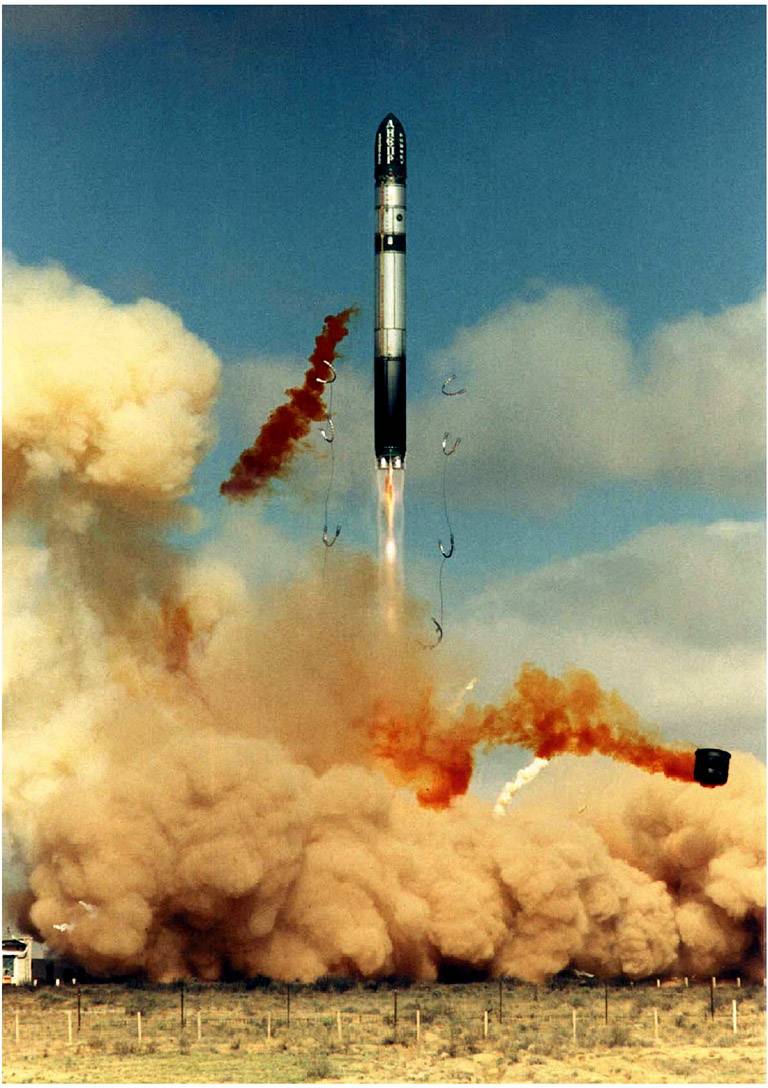
And a lot more UR-100Н УТТХ with heptyl dressing.
The results of the activities of the air defense forces that operated on the C-75, C-100, C-200 missiles are very difficult to analyze.
Another problem is our low average annual temperatures. Americans are easier.
According to experts from the World Health Organization, the period of neutralization of heptyl, which is a toxic substance of hazard class I, at our latitudes is: in soil - more than 20 years, in water bodies - 2-3 of the year, in vegetation - 15-20 years.
And if the country's defenses are our sacred, and in 50's for 90, we just had to put up with it (either heptyl, or making one of the of many US assault programs on the USSR), today there is a sense and logic, using launch vehicles on UDMH and AT to launch foreign spacecraft, to receive money for the service and at the same time slack off oneself and friends? Again "Swan, cancer and pike"?
On the one hand: no cost for utilization of combat launchers (ICBMs, SLBMs, SAM, OTR), and even profit and savings on the cost of launching PNs into orbit;
On the other hand: harmful effects on the environment, the population in the launch area and the fall of the spent steps of conversion PH;
And from the third party: without PH on high-boiling components of the Russian Federation now can not do.
PLCN-36М2 / PC-20В Voyevoda (SS-18 mod.5-6 SATAN) on some political aspects (Southern Machine-Building Plant (Dnepropetrovsk), and simply cannot be extended due to temporary degradation.
Perspective heavy intercontinental ballistic missile RS-28 / OCD Sarmat, 15A28 missile - SS-X-30 (draft) will be on high-boiling toxic components.
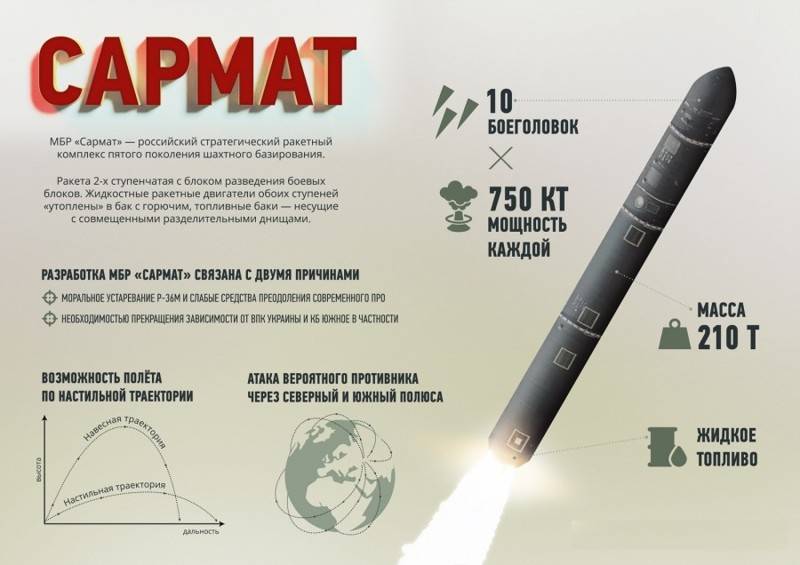
We are lagging behind somewhat in the solid-propellant rocket motors and especially in the SLBM:
Chronicle of torment "Bulava" to 2010.
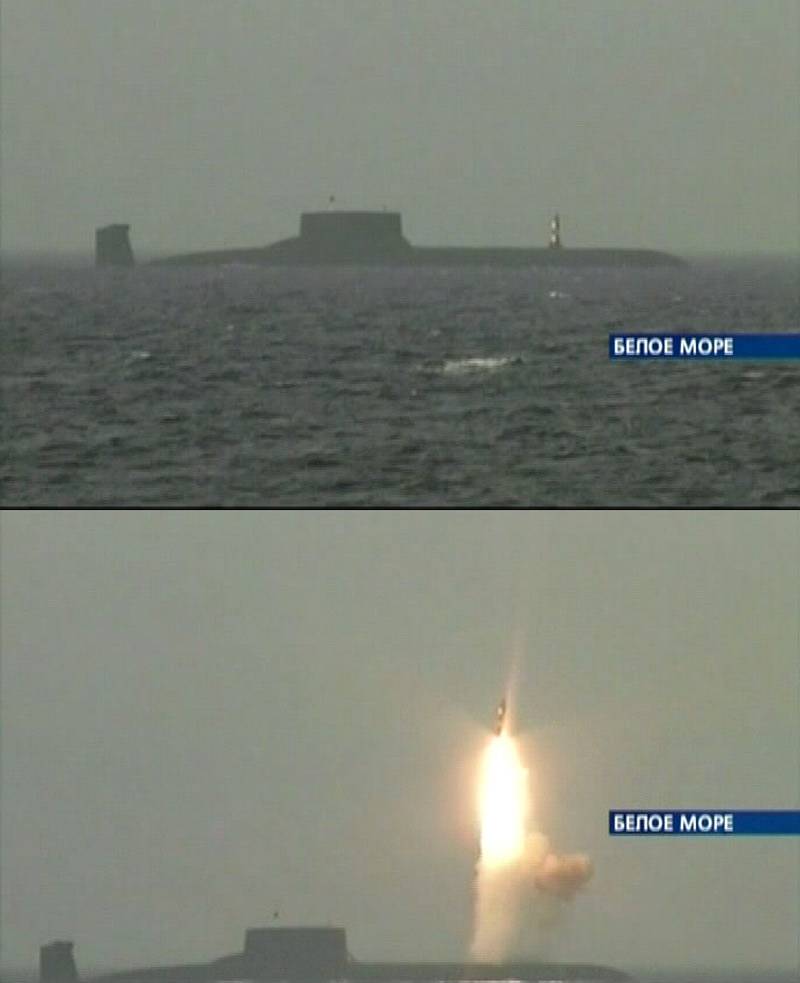
Therefore, the best in the world (in terms of energy perfection, and generally a masterpiece) submarine-launched submarine-launched submarine-launched ballistic missile submarine R-29RMU2.1 / OCR Liner: at AT + UDMH.
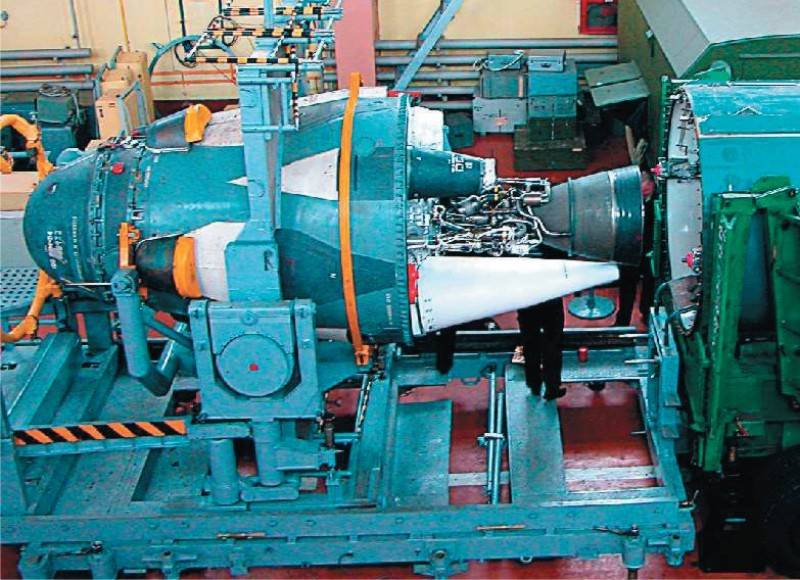
Yes, it can be argued that ampulization has been used in the Strategic Missile Forces and the Navy for a long time and many problems have been solved: storage, operation, personnel security and combat crews.
But using conversion ICBMs for commercial launches is “again the same rake”.
Old (expired guaranteed storage) ICBMs, SLBMs, TRs and OTRs cannot be stored forever, either. Where is this consensus and how to catch it - I do not know for sure, but also to MS Gorbachev do not recommend contact.
Briefly: filling systems for launch complexes of PH using toxic components.
At the UK for the Proton launch vehicle, the safety of operations during the preparation and conduct of the launch of the rocket and the maintenance personnel when performing operations with sources of increased danger was achieved by using remote control and maximally automating the processes of preparing and conducting the launch of the launch vehicle, as well as operations carried out on the rocket and technological equipment of the IC in case of cancellation of the launch of the rocket and its evacuation from the SC. A design feature of the starting and filling units and systems of the complex, which provide preparation for the launch and launch, is that the docking of the filling, drainage, electric and pneumatic communications is performed remotely, and the undocking of all communications is carried out automatically. At the launch site there are no cable and cable refueling masts, their role is played by the docking mechanism of the starting device.
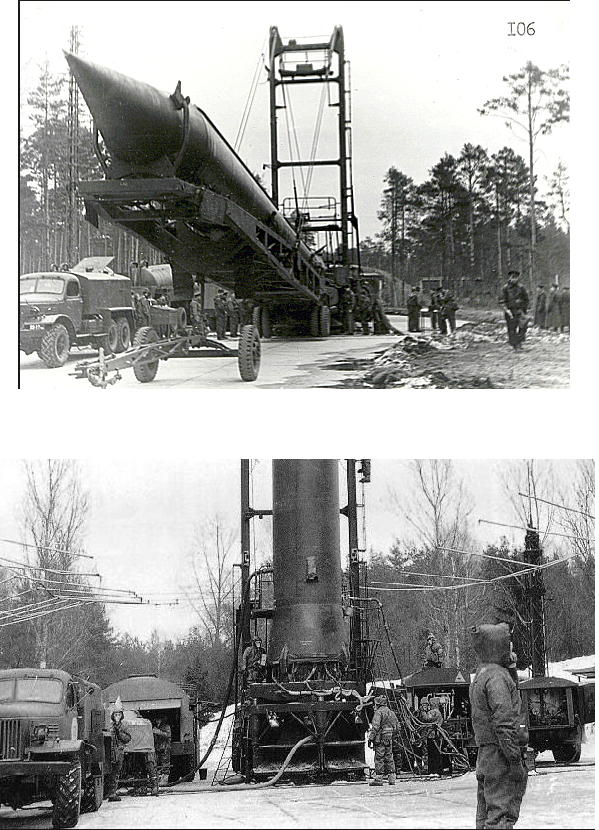
The launch complexes of the Cosmos-1 and Cosmos-3М were created on the basis of the P-12 and P-14 ballistic missile complexes without significant modifications to its connections with the ground equipment. This led to the presence on the launch complex of many manual operations, including on the fuel-charged PH component. Subsequently, many operations were automated and the level of automation of work on the complex Kosmos-3M is already more than 70%.
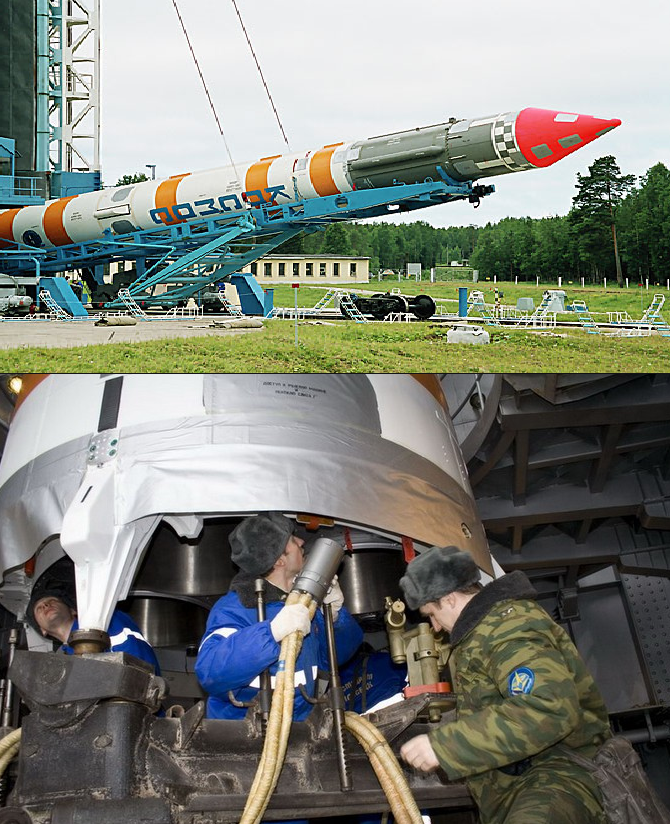
However, some operations, including the reconnection of refueling communications to drain the fuel in case of cancellation of the start, are performed manually. The main systems of the IC are systems for refueling with components of the fuel, compressed gases and a remote control system for refueling. In addition, as part of the SC there are units that destroy the consequences of working with toxic components of fuel (drained CMT vapors, aqueous solutions formed during various types of washes, equipment leaching).
The main equipment of the refueling systems - tanks, pumps, pneumatic-hydraulic systems - are located in reinforced concrete structures buried in the ground. KRT storage facilities, a facility for compressed gases, and a remote control system for refueling are located at considerable distances from each other and starting devices in order to ensure their safety in emergency situations.
At the launch site of the Cyclone LV, all the main and many auxiliary operations are automated.
The level of automation for the cycle of pre-launch preparation and launch of a PH is 100%.
Heptyl detoxification:
The essence of the method of reducing the toxicity of UDMH is to feed 20% formalin solution into the fuel tanks:
(CH3) 2NNH2 + CH2O = (CH3) 2NN = CH2 + H2O + Q
This operation in excess of formalin results in the complete (100%) destruction of UDMH by converting it to dimethyl hydrazone formaldehyde in one treatment cycle in a time of 1-5 seconds. This prevents the formation of dimethylnitrosamine (CH3) 2NN = O.
The next phase of the process is the destruction of dimethylhydrazone formaldehyde (DMHF) by adding acetic acid to the tanks, which causes the dimerization of DMHF to glyoxal bis-dimethylhydrazone and the polymer mass. The reaction time is about 1 minutes:
(CH3)2NN=CH2+Н+ → (CH3)2NN=CHНС=NN(CH3)2+полимеры+Q
The resulting mass is moderately toxic, well soluble in water.
It is time to wrap up, I will not restrain myself in the afterword, and again I will quote S. Lukyanenko:
- Reptiloid pointing to me short paw. "
...
- Are you an astronaut, granddaughters? - asked grandma. More approving than questioning. My jacket was too characteristic.
...
We were always told about the great future. About the happiness of mankind. After all, I built communism ... then capitalism ... tried ... We all endured for this. For the sake of the future, for the sake of happiness ... Now you are building a stellar future. Boy, do you believe that this is not in vain?
...
Do these people believe in the stellar future of mankind? Do they need it, shook up by transportation problems and intermittent heat in the apartments, planned power outages and high cost of products? What gave them space - except for fear of other worlds and forced pride for the planet Earth, for its spaceships - the fastest in the Galaxy ...
Remember:
The tragedy of 24 October 1960 of the year on the 41 site of Baikonur:
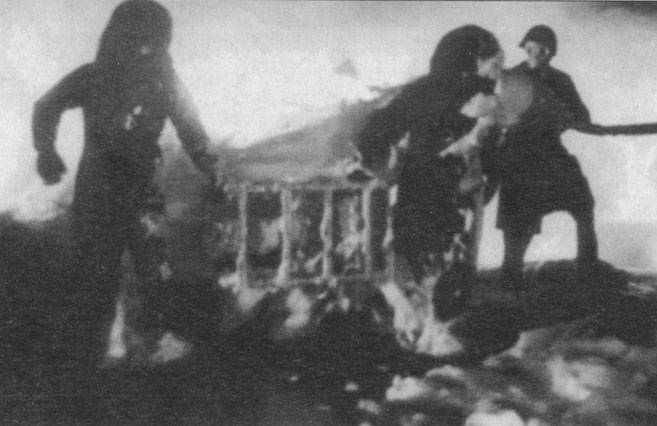
ETERNAL MEMORY OF GUYS. HAVE THE SAME PEOPLE ...
/ Chairman of the government commission L.I. Brezhnev
Primary Sources:
Methodology of experimental testing of rocket engine and remote control, the basics of testing and device test benches: monograph [Electronic resource] /AG. Galeev, V.N. Ivanov, A.V. Katenin, V.A. Liseikin, V.P. Pikalov, A.D. Polyakhov, G.G. Sidov, A.A. Shibanov
Kolesnikov, S.V. "Oxidation of asymmetric dimethyl hydrazine (heptyl)
and identification of products of its transformation at the straits »Novosibirsk: Izd. SibAK, 2014
Dilogiya “Stars - cold toys” S.V. Lukyanenko
Rocket fuel as an environmental hazard, from the 1995 State Report, Report UCS-INFO.97, December 17 1996
geektimes.ru/post/243763 (Vitaly Egorov @ Zelenyikot)
“PROBLEMS OF ECOLOGICAL HAZARDS OF THE APPLICATION OF HEPTIL - OVERALL TOXIC ROCKET FUEL. CHRONICLE OF EVENTS "Perm city branch of the Union" For chemical safety "2008,
Used data, photos and videos:
www.leninsk.ru
www.ekologia-ra.ru/osobye-vidy-vozdejstviya-na-okruzhayuschuyu-sredu/raketno-kosmicheskaya-deyatelnost
www.militaryrussia.ru
www.meganorm.ru
www.americaspace.com
www.novosti-kosmonavtiki.ru
www.spaceflightnow.com
www.sl-24.ru
www.topwar.ru
www.npoenergomash.ru/encikloped/media
www.vakhnenko.livejournal.com/182895.html
www.youtu.be
www.epizodsspace.no-ip.org
www.i.ytimg.com
www.mil.ru
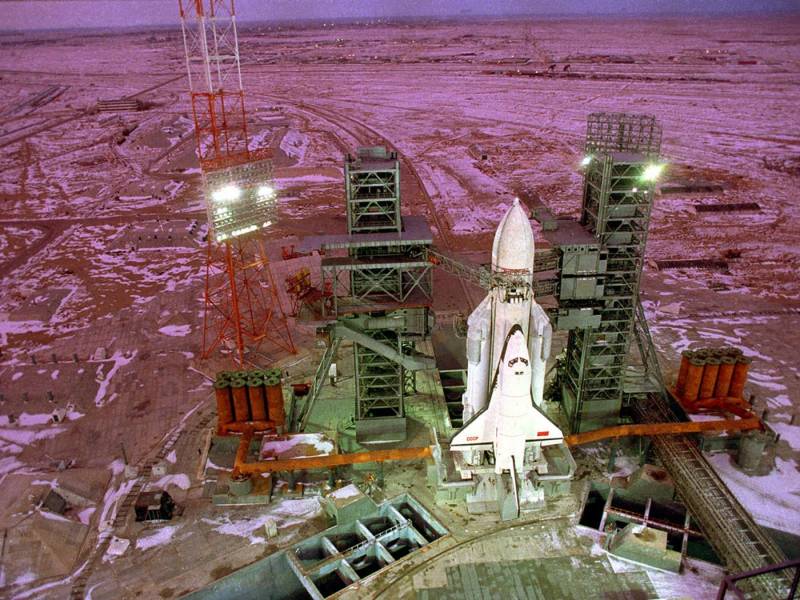
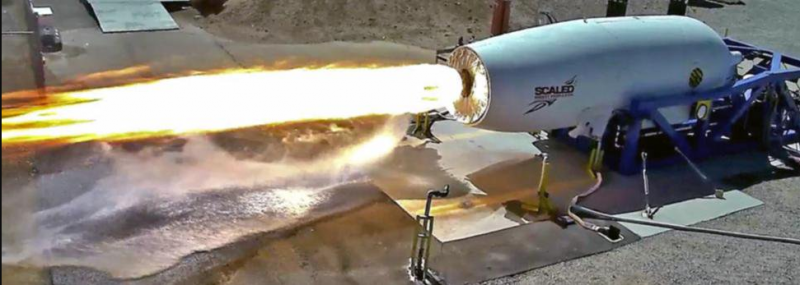
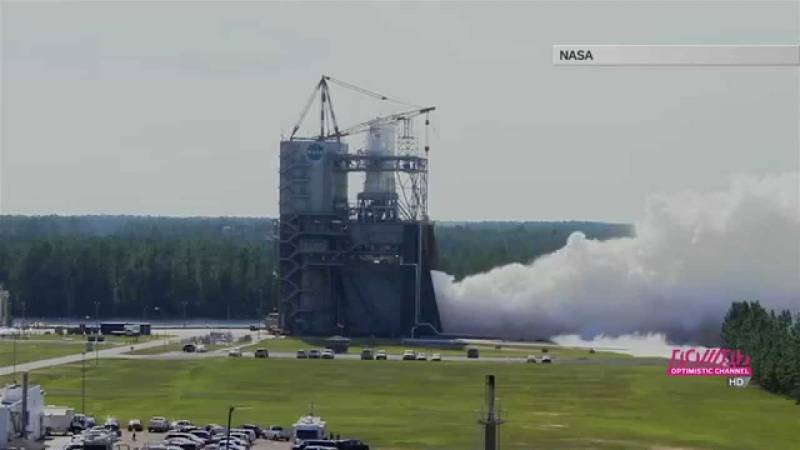
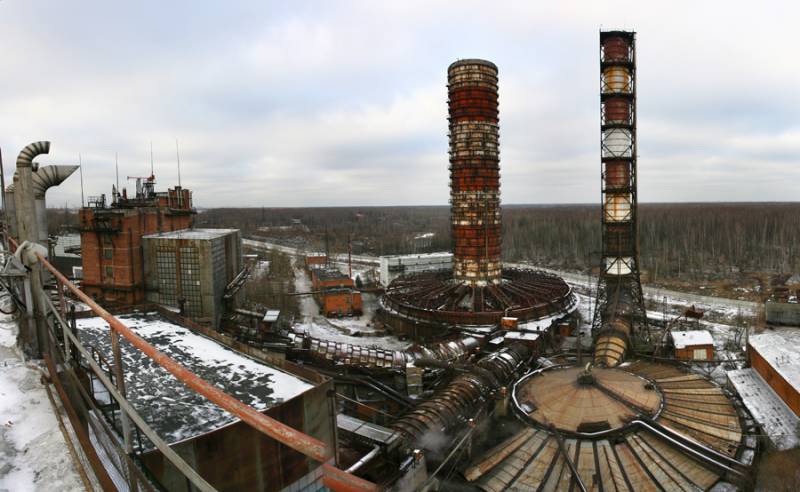
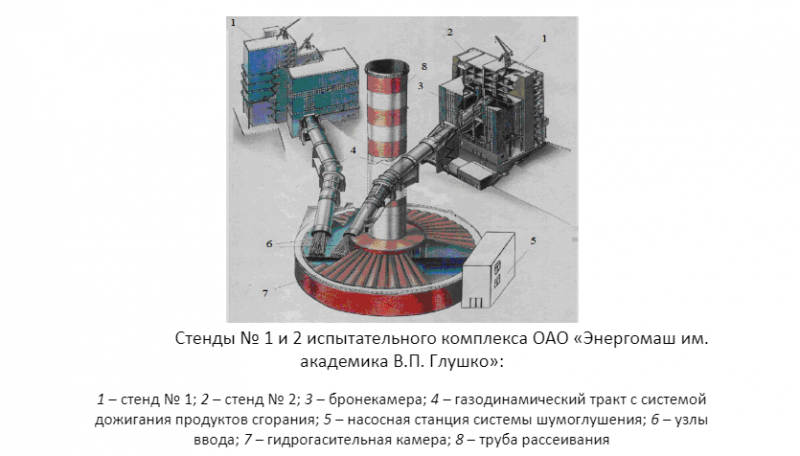
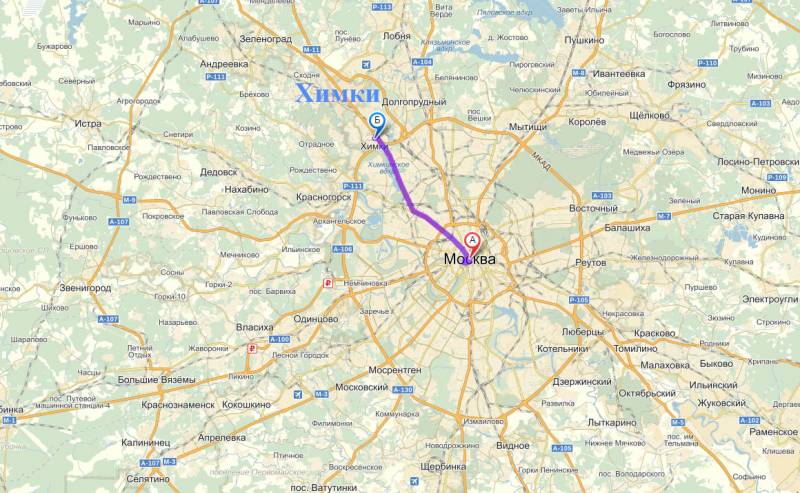
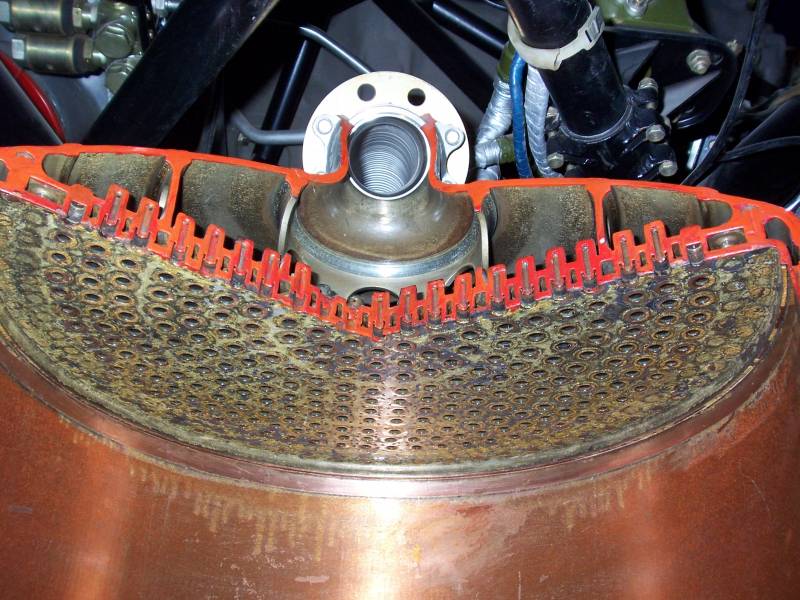
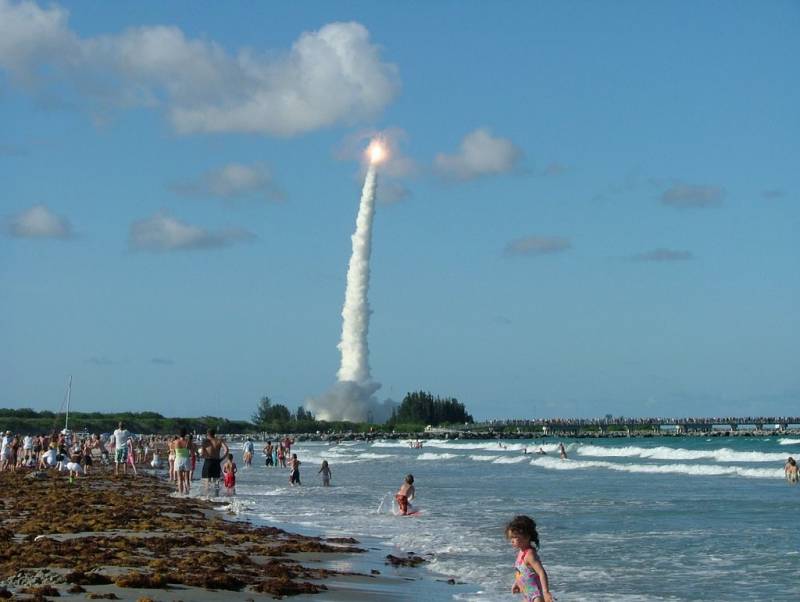
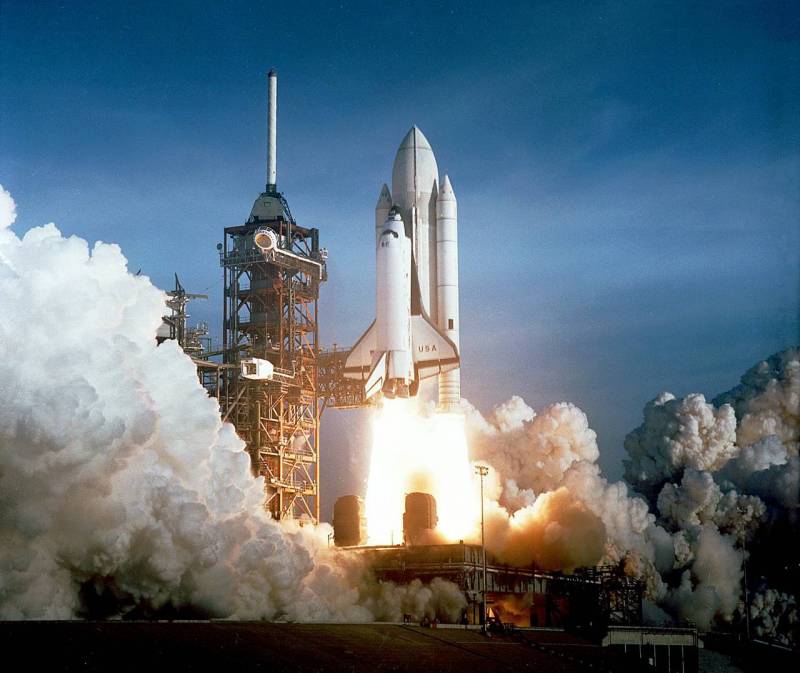
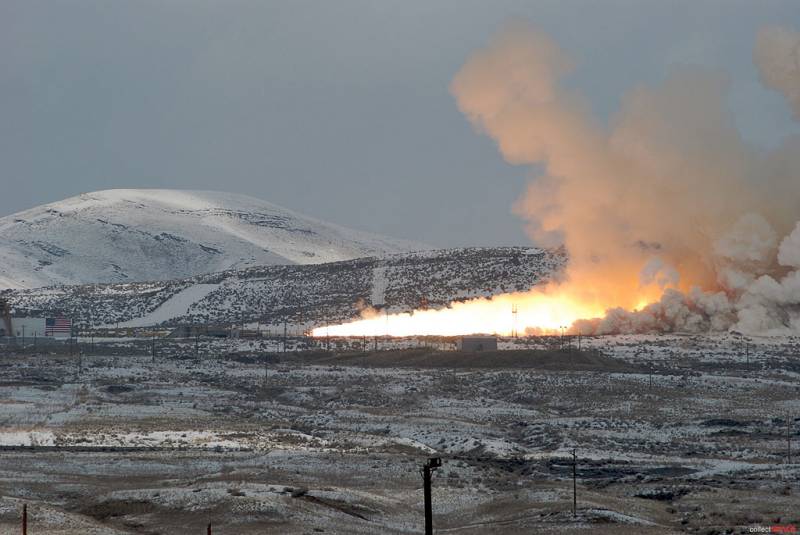
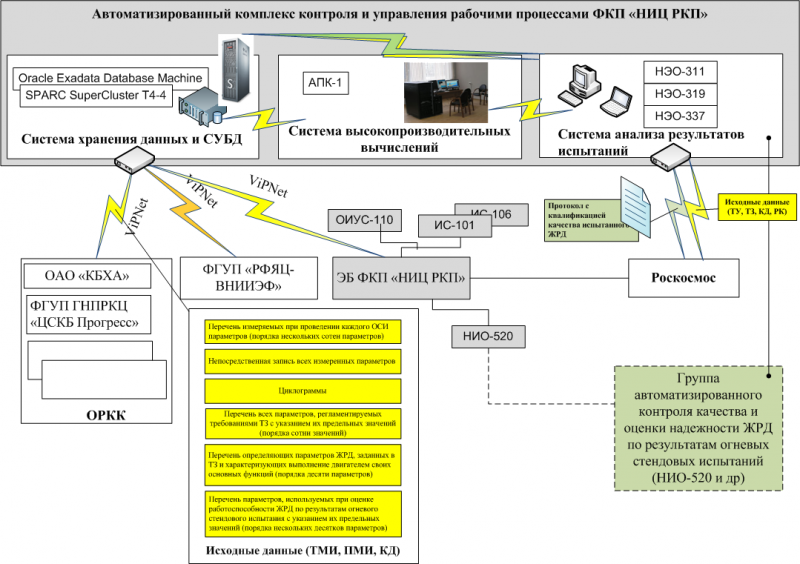
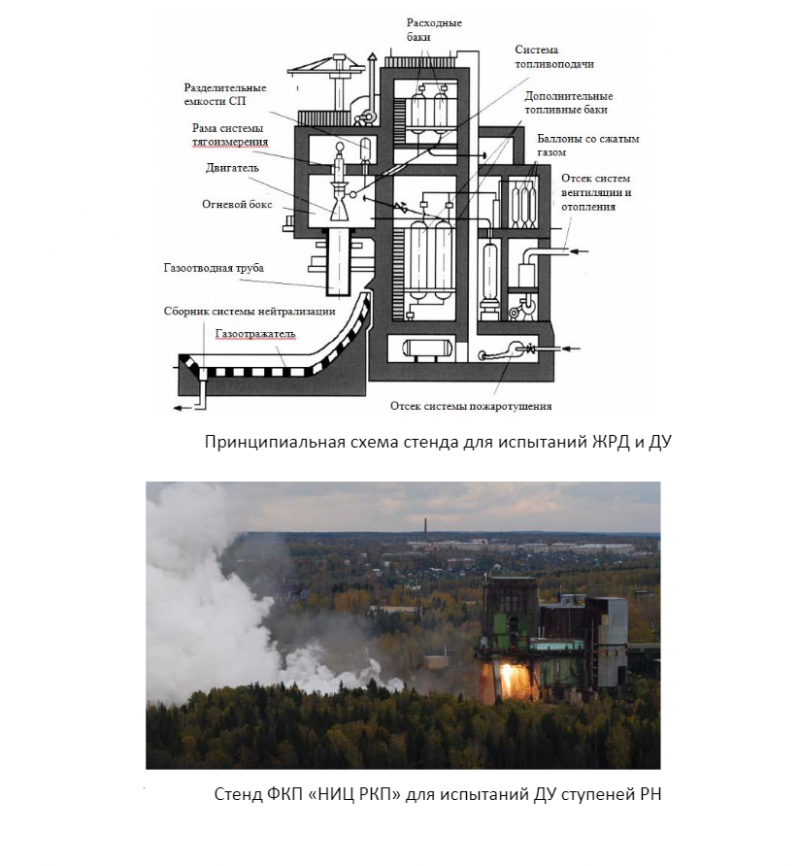
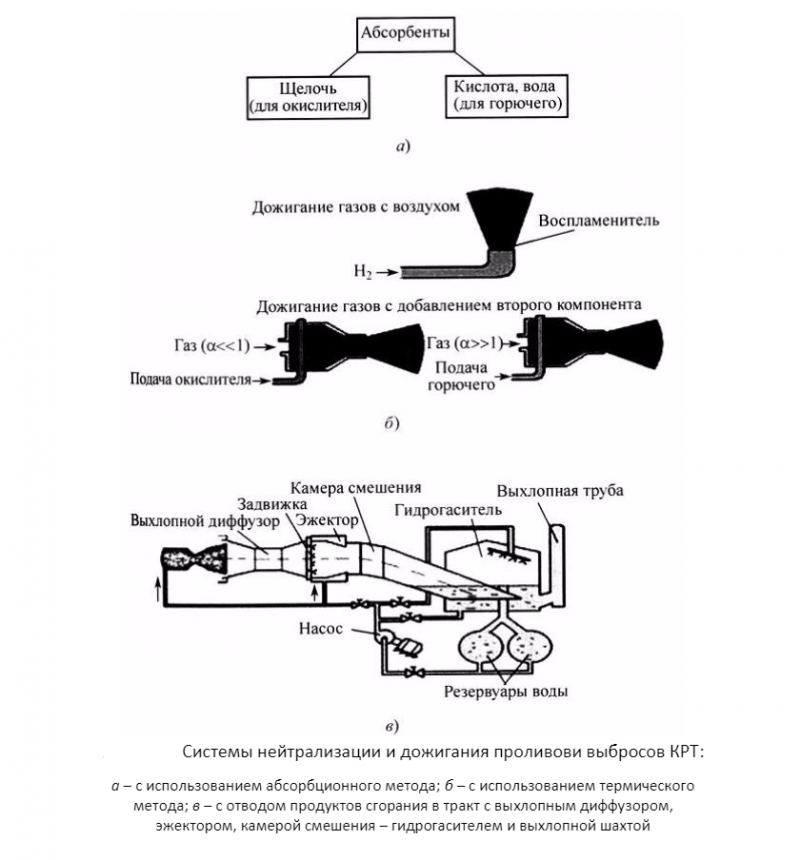
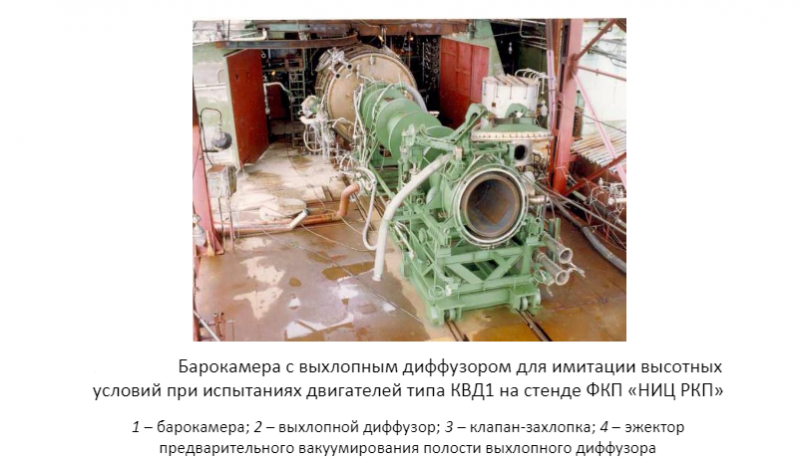
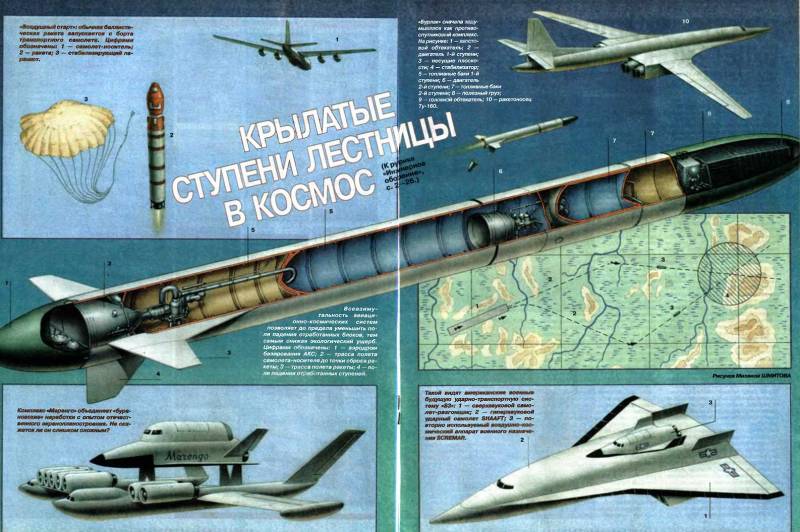
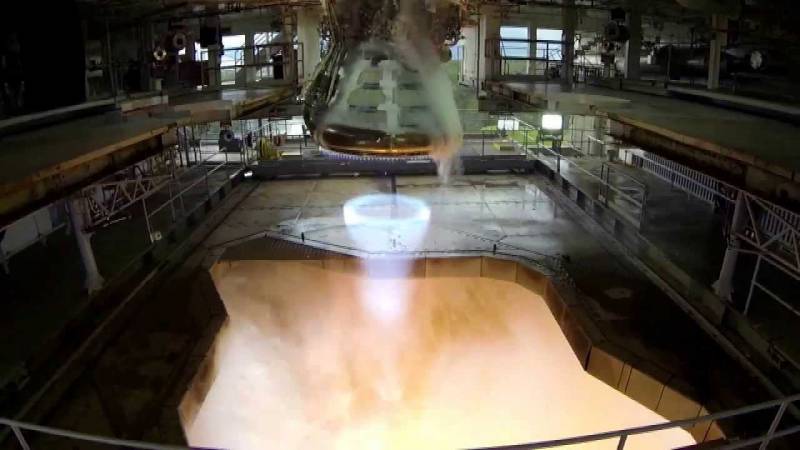
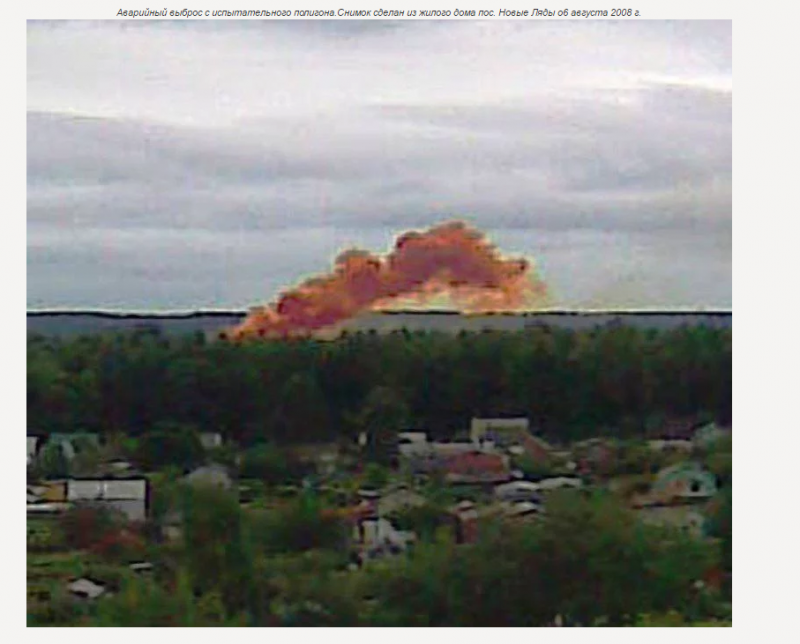
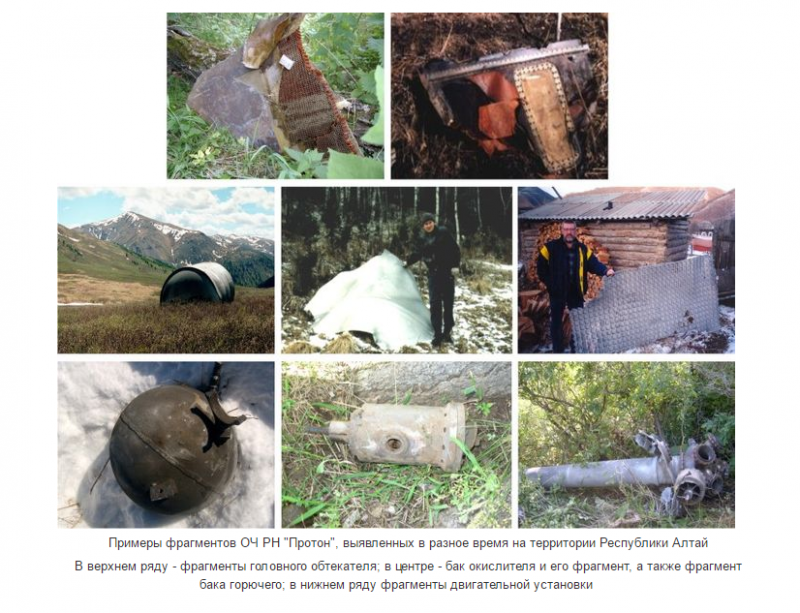
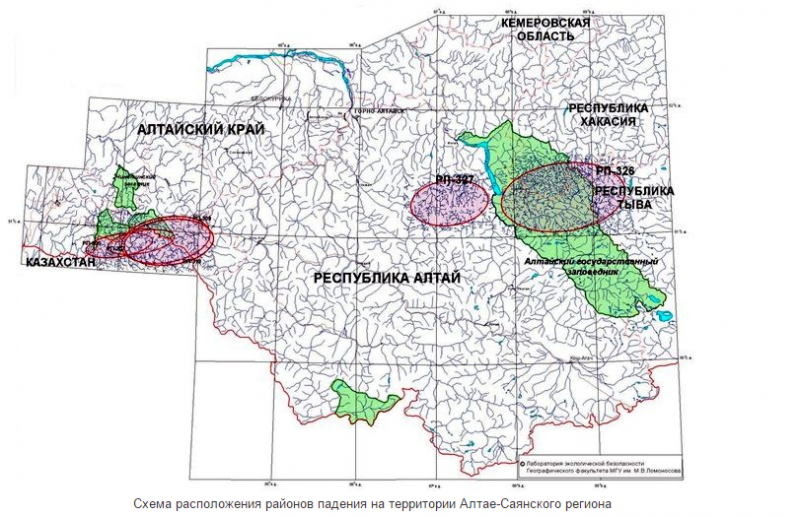
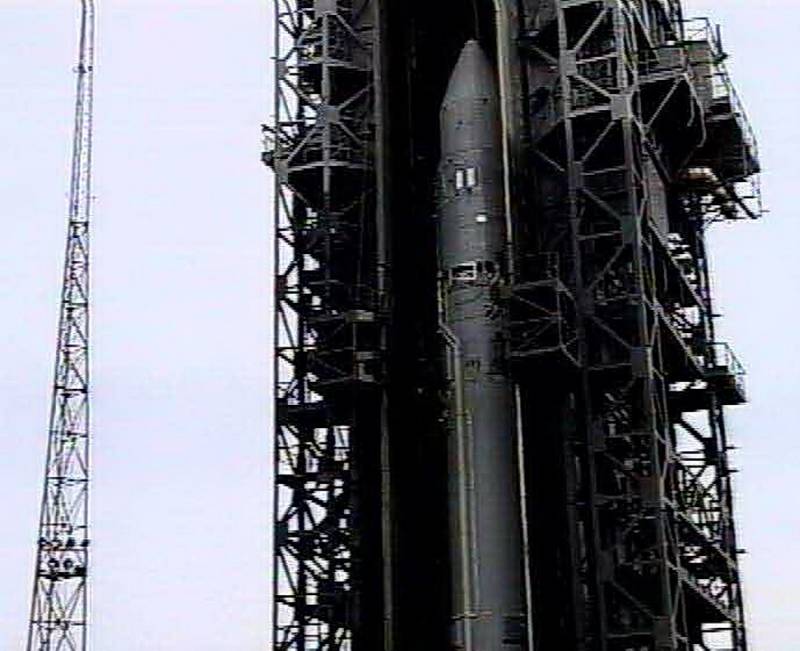


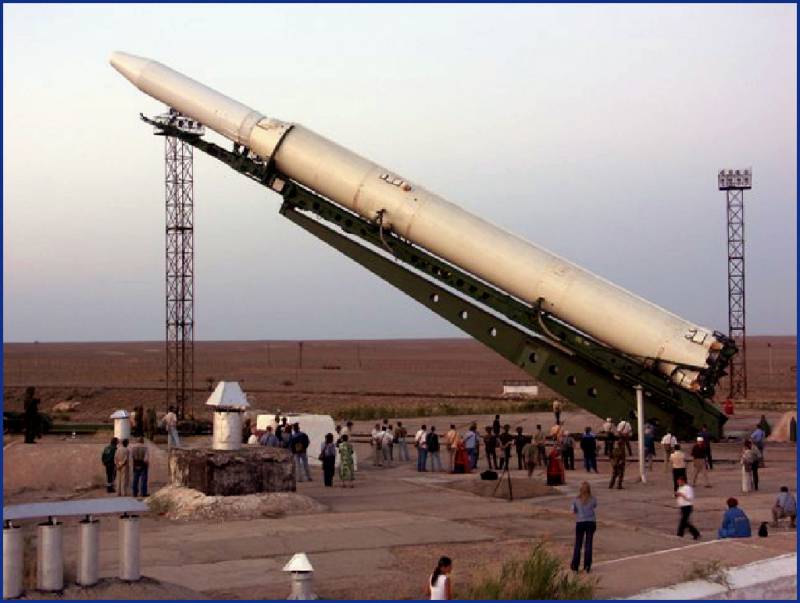
Information